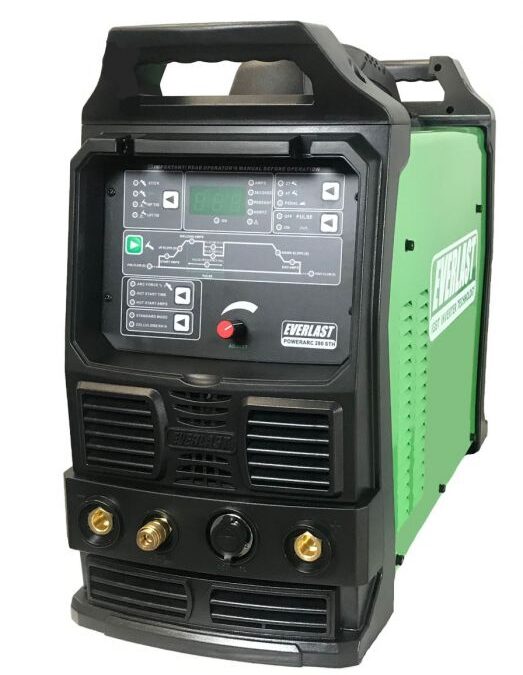MIG (Metal Inert Gas) welding and TIG (Tungsten Inert Gas) welding are two popular methods employed in the world of metal fabrication. While both have their merits, MIG welding often stands out as the preferred choice for various applications.
Here are several reasons why MIG welding is considered better than TIG welding in certain situations:
Speed and Efficiency:
MIG welding is known for its speed and efficiency. It uses a continuously fed wire electrode, allowing for faster welding speeds compared to the slower manual feeding required in TIG welding. This efficiency makes MIG welding particularly advantageous for large projects where time is a critical factor.
Ease of Learning:
MIG welding is generally more accessible for beginners. The process involves a simple setup with a straightforward learning curve, making it an ideal choice for those new to welding. TIG welding, on the other hand, requires a higher level of skill and precision, often demanding a longer learning period before achieving proficiency.
Versatility with Materials:
MIG welding is versatile when it comes to the variety of materials it can handle. It is well-suited for welding different thicknesses of metal, including aluminum and stainless steel. TIG welding is excellent for thinner materials but may require more expertise to handle thicker sections effectively.
All-Position Welding:
MIG welding excels in all-position welding, allowing welders to work comfortably in various orientations. This versatility makes it a preferred choice for welding projects with complex joint configurations or tight spaces where TIG welding might be more challenging.
Higher Deposition Rates:
MIG welding offers higher deposition rates, meaning more metal can be deposited in a shorter amount of time. This makes MIG welding suitable for applications where productivity is a priority, such as in the manufacturing and construction industries.
Reduced Cleanup:
MIG welding produces less slag and requires minimal post-weld cleanup compared to TIG welding. The cleaner welds save time and effort, contributing to the overall efficiency of the welding process.
Cost-Effectiveness:
In terms of equipment and consumables, MIG welding tends to be more cost-effective. The equipment is generally less expensive, and the wire electrodes are more affordable than TIG welding tungsten electrodes. This makes MIG welding a budget-friendly choice for many welders and businesses.
While TIG welding has its own set of advantages, MIG welding stands out in terms of speed, ease of learning, versatility, and cost-effectiveness. Ultimately, the choice between MIG and TIG welding depends on the specific requirements of the welding project and the skill level of the welder.
Get High-Quality MIG Welders Parts and Accessories
For those seeking high-quality MIG welders, Everlast Welder offers a range of efficient and reliable options. With a focus on speed and efficiency, Everlast’s MIG welders provide a user-friendly experience, making them suitable for both beginners and experienced welders. The brand’s commitment to versatility ensures compatibility with various materials, including aluminum and stainless steel.
Everlast’s MIG welders excel in all-position welding, offering the flexibility needed for complex joint configurations. Additionally, the cost-effectiveness of Everlast equipment, combined with reduced cleanup and higher deposition rates, makes them a practical choice for welding projects. Choose Everlast for top-notch MIG welders, parts, and accessories.


